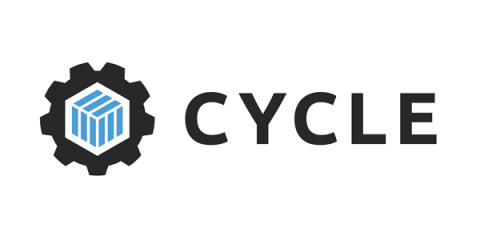Operations | Monitoring | ITSM | DevOps | Cloud
Cycle
Deploying to Vultr From Cycle.io
Project Build: Custom CD Pipeline Tutorial (Node + TypeScript + Cycle API)
Introducing Cycle.io
Cycle Platform Demo | Advanced User
Cycle Platform Demo | Beginner User
Weathering an Economic Downturn: How Cycle Can Help Your Business Survive
In the last month, we’ve seen one of the most dramatic movements in economic activity ever recorded. Many business owners are clutched in the grips of mandatory closures and uncertainty of the future, for their business and for their employees. The tech world has been hit less hard — at least for now. Remote work is second nature to many of us and offering our products in the digital space means we are open for business.
Announcing Cycle's Internal API
We’re proud to announce the availability of the fresh, new “internal API” to our users. This API is only accessible from within a running instance on the platform.
Don't Let DevOps be Your Trojan Horse
Don’t let the title mislead you, we love DevOps here at Cycle. Without proper DevOps processes, building and scaling cloud-based applications can become a nightmare for maintainability. A proper DevOps plan brings together an organization’s developers, QA support, and operations teams to pursue the goal of delivering software more predictably. An admirable goal for any team and something that can be immensely helpful for even small teams to become more efficient.
A Brief Introduction to Containers
Whether you’re new to development or a seasoned developer, containers have proven to be game-changing in building, testing, and deploying applications. This article is meant as a quick introduction to the world of containers. To get started, you’ll need to install Docker to follow along with the examples. If you haven’t installed Docker yet, head over to their website to get it installed. There are free versions available for all major operating systems.








